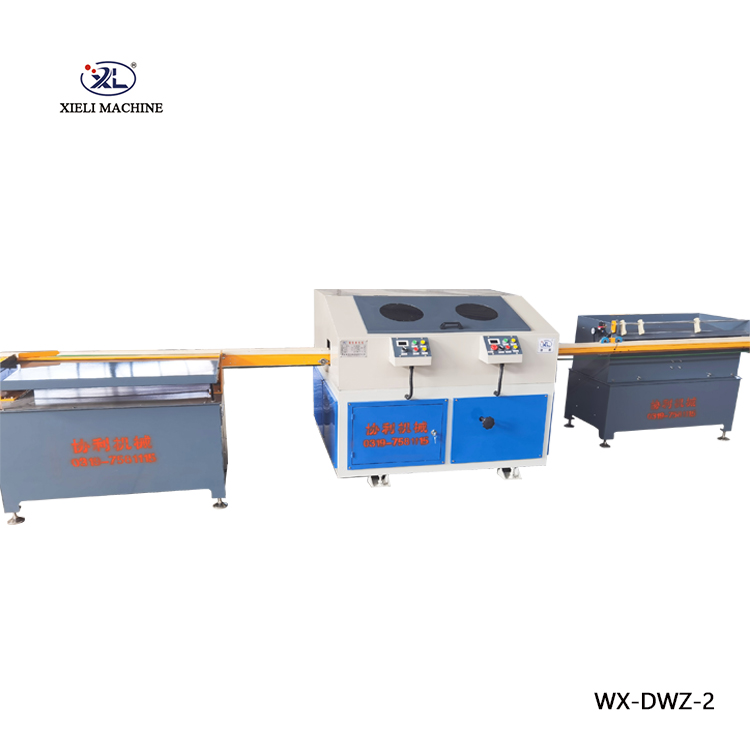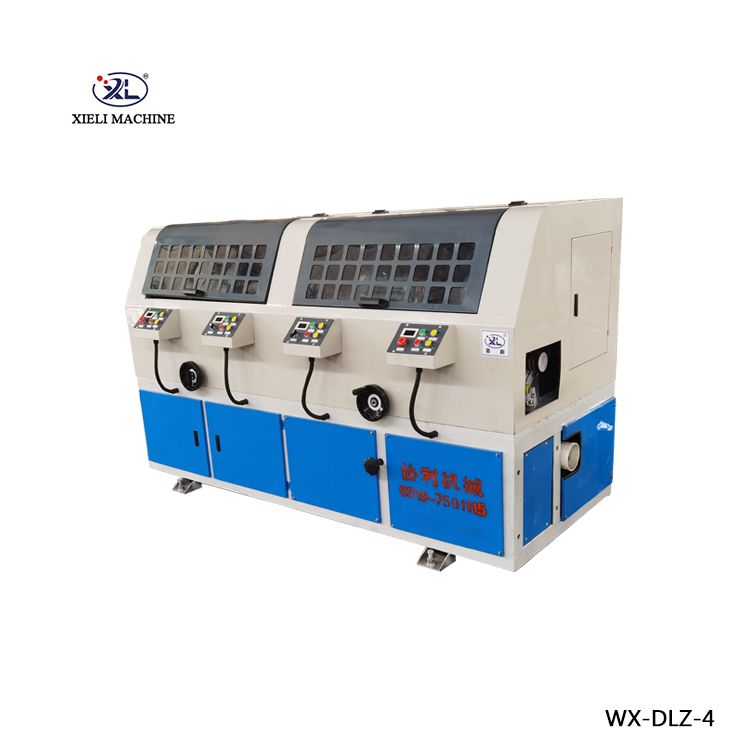Understanding Centerless Grinder Wheels The Key to Precision Machining
Centerless grinding is a critical process in the manufacturing sector, widely used for producing highly precise cylindrical parts. The success of this operation heavily relies on the quality and type of grinding wheels employed. This article delves into the significance of centerless grinder wheels, their types, materials, and applications, providing a comprehensive overview for those interested in precision machining.
What is Centerless Grinding?
Centerless grinding is a machining process that removes material from the outside diameter of a workpiece. Unlike traditional grinding processes where the workpiece is placed between two centers, centerless grinding supports the part on a work rest and uses a grinding wheel to do the material removal. This method offers several advantages, including higher production rates and improved parts consistency, making it a popular choice for high-volume operations.
Importance of Grinding Wheels
Grinding wheels are the tools that perform the actual cutting in the grinding process. The right wheel is crucial for achieving the desired surface finish and tolerances. Centerless grinder wheels come in various shapes, sizes, and hardness levels, each designed for specific applications.
Types of Centerless Grinder Wheels
1. Regulating Wheels These wheels control the speed of the workpiece as it passes through the grinding zone. They are usually softer than grinding wheels, allowing them to grip the workpiece effectively and impart the necessary speed and feed rate.
2. Grinding Wheels These are the primary cutting tools, responsible for removing material from the workpiece. Available in different bond types (such as vitrified or resin) and abrasive materials (like aluminum oxide or silicon carbide), grinding wheels are specifically chosen based on the work material and desired finish.
centerless grinder wheels products

3. Diamond Wheels For demanding applications, diamond wheels are used due to their extreme hardness and durability. They excel in grinding hard materials like ceramics and carbides, ensuring a superior finish and longer wheel life.
4. Cubic Boron Nitride (CBN) Wheels CBN wheels are an excellent choice for grinding ferrous materials. They provide high thermal stability and wear resistance, making them ideal for high-speed grinding applications.
Material Considerations
The choice of material for grinding wheels is crucial. The primary materials used include aluminum oxide, which is popular for general-purpose grinding, and silicon carbide, suitable for hard and brittle materials. Advanced options like diamond and CBN allow for specialized applications, offering enhanced cutting performance and durability.
Applications of Centerless Grinding Wheels
Centerless grinding finds its applications in various industries, particularly in the manufacturing of automotive parts, aerospace components, and medical devices. The precision achieved through this process is vital for ensuring the performance and reliability of these parts. For instance, in the automotive sector, centerless grinding is used to produce crankshafts and camshafts, which require tight tolerances and fine surface finishes.
Conclusion
Centerless grinder wheels play a pivotal role in achieving efficiency and precision in machining processes. By understanding the different types of wheels, their materials, and applications, manufacturers can make informed decisions that optimize productivity and enhance the quality of their products. Investing in the right centerless grinding wheels not only improves machining outcomes but also contributes to the long-term success of manufacturing operations. As technology continues to advance, the evolution of centerless grinding wheels will likely further enhance the capabilities of precision machining in the coming years.





